
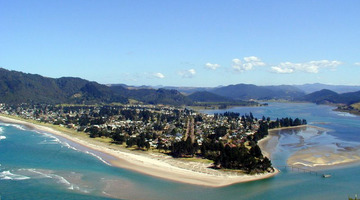
New Zealand has approximately 300 estuaries. They are historically important cultural sites – Māori settlers valued estuaries as an important source of fish and shellfish, and European settlers ...
READ MORE
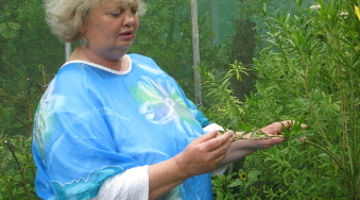
Position: Founding trustee and Trust secretary, Moths and Butterflies of New Zealand Trust Pūrerehua Aotearoa (formerly the Monarch Butterfly New Zealand Trust). Field: Conservation of native ...
READ MORE

The MothNet Shedding Light on the Night and Ahi Pepe Mothnet projects involve the collection and identification of moth species. The project is a partnership between schools and Manaaki Whenua – ...
READ MORE

In this activity, students place small stickers (tags) onto caught or newly emerged monarch butterflies and release them into the environment. The tag number, information about the butterfly and ...
READ MORE

In this activity, students discuss how a variety of everyday objects can serve as metaphors for the important characteristics and functions of estuaries. By the end of this activity, students ...
READ MORE

In this activity, students set up and walk a transect to observe and record butterfly sightings. They act as citizen scientists to monitor changes in the local environment. Modify this activity ...
READ MORE
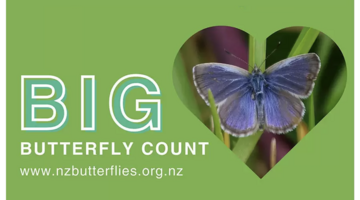
This New Zealand-based citizen science project collects data about butterflies in our gardens, schools, parks and farms – any location in the country or on the outer islands. This annual event – ...
READ MORE

iNaturalist logs hundreds of thousands of photos of flora, fauna and fungi. There are even sound recordings too. Each is described and geo located. iNaturalist is used by citizens and scientists ...
READ MORE

This project involves the pesky Pieris rapae (better known as the white butterfly or white cabbage butterfly), which is very common in Aotearoa New Zealand. It is believed to have originated in ...
READ MORE
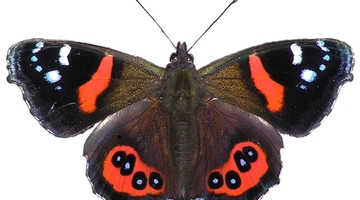
The New Zealand Curriculum has a strong focus on ensuring that all students have the skills and knowledge to participate in public debates and decision-making processes as critical, active ...
READ MORE

This unit plan is designed for students in years 1–5. When someone mentions the word ‘butterfly’, what image pops into your head? Chances are it’s the monarch or the white butterfly, as these are ...
READ MORE

In this online PD session recorded on 30 July 2015, primary school teacher Angela Schipper describes how she used the Butterflies resources from the Science Learning Hub in the classroom. In ...
READ MORE
E whakamārama ana a Georgia, tētahi o kā ākoka ki Te Kura Kaupapa Māori o Ōtepoti, me pēhea te whakarite i te tārore pepe tuna Heath, ki te whakamanea, ki te hopu i kā pepe tuna. English ...
READ MORE
Quantitative ecologist Dr Barbara Anderson and Lily from Te Kura Kaupapa Māori o Ōtepoti explain why the Ahi Pepe MothNet project uses a Heath trap for the collection of moth data.
READ MORE
Andrew Swales and Weno Iti from NIWA take a core sample in an estuary in Kawhia. Sediment cores can show changes in estuarine ecology over hundreds of years, giving scientists an idea of the ...
READ MORE
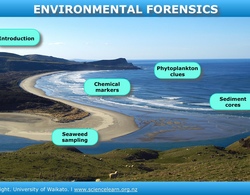
Dr Candida Savage explains the clues she collects in estuaries and fiords, to understand how changes in land use affect these environments. Click on the labels to watch the videos for more ...
READ MORE
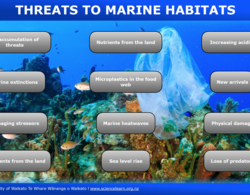
Human actions at sea and on land are putting increasing pressure on the ocean and the species that live there.
READ MORE

The ocean has an amazing diversity of habitat types and species that live within them.
READ MORE